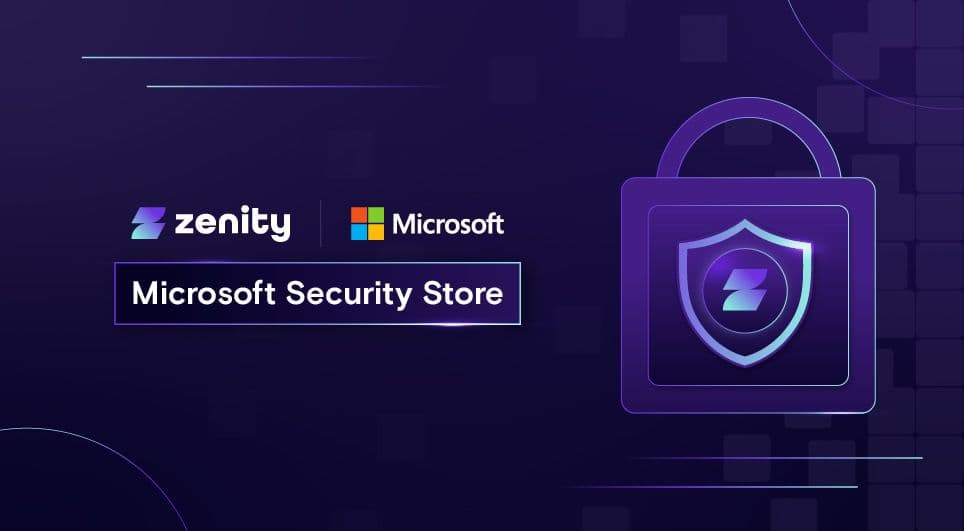Low Code Application Security Best Practices and Strategies

Developing applications using low code platforms has gained popularity in recent years due to its ability to accelerate the software development process. However, with increased speed and efficiency comes the need for robust security measures to protect sensitive data and ensure a safe user experience. In this article, we will explore the best practices and strategies for enhancing low code application security.
Understanding Low Code Application Security
Before diving into the best practices, it is crucial to understand the importance of security in low code applications. As more organizations adopt low code development, the need to protect sensitive data and intellectual property becomes paramount.

Throughout the development process, security should be integrated seamlessly to identify and address vulnerabilities early on.
Security in low code applications goes beyond just protecting data; it encompasses safeguarding the entire application ecosystem. This includes securing not only the front-end user interface but also the back-end databases, APIs, and integrations with other systems. By taking a holistic approach to security, organizations can create a robust defense against potential threats.
The Importance of Security in Low Code Applications
Low code applications often deal with critical data, such as customer information or business transactions. Protecting this data from unauthorized access is vital to prevent data breaches and maintain the trust of users and customers.
By implementing robust security practices, organizations can minimize security risks and adhere to industry regulations and compliance requirements.
Moreover, security in low code applications is not a one-time task but an ongoing process. Regular security assessments, code reviews, and penetration testing are essential to ensure that the application remains secure as it evolves and new features are added.
Common Security Risks in Low Code Development
Despite the advantages of low code development, it introduces certain security risks that need to be addressed. Some common risks include:
- Data leakage due to misconfigured data access controls
- Injection attacks and cross-site scripting vulnerabilities
- Hard-coded secrets and implicitly shared apps
- Inadequate authentication in front of apps that access sensitive data
Being aware of these risks allows developers to implement appropriate security measures to mitigate potential threats.
Additionally, staying informed about the latest security trends and vulnerabilities is crucial for developers working on low code applications. Engaging in continuous learning and professional development in the field of application security can help developers stay ahead of emerging threats and protect their applications effectively.
Best Practices for Low Code Application Security
Implementing security from the start is crucial to ensure the integrity of low code applications. By following best practices, organizations can proactively address security concerns.
Implementing Security from the Start
Integrating security into the development process from the beginning reduces the chances of vulnerabilities being introduced. This can be achieved by conducting threat modeling exercises, defining security requirements, and performing code reviews.
Developers should also receive training on secure coding practices to promote a security-conscious mindset. This includes understanding common security vulnerabilities, such as SQL injection and cross-site scripting, and how to mitigate them effectively.
Regular Security Audits and Updates
Regular security audits are essential to identify any vulnerabilities or weaknesses in the application. Following recognized security frameworks, such as OWASP (Open Web Application Security Project), and conducting penetration testing can help uncover potential vulnerabilities.
It is important to note that security is an ongoing process. As new threats emerge and technologies evolve, it is crucial to stay vigilant and keep the application up to date with the latest security patches and updates. This includes not only the application itself but also any third-party libraries or dependencies it relies on.
Role of User Access Controls in Security
User access controls play a crucial role in protecting sensitive data. Implementing strong authentication mechanisms, such as multi-factor authentication, ensures that only authorized users can access critical functionality and data.
Role-based access controls allow organizations to define granular permissions based on user roles, further reducing the risk of unauthorized access. For example, an administrator may have full access to all features and data, while a regular user may only have access to specific modules or functions.
Furthermore, it is important to regularly review and update user access controls as roles and responsibilities within an organization change. This ensures that access privileges are aligned with the principle of least privilege, where users are granted only the minimum permissions necessary to perform their tasks.
By following these best practices, organizations can enhance the security of their low code applications and protect sensitive data from potential threats. Remember, security is not a one-time effort but an ongoing commitment to safeguarding the integrity and confidentiality of the application and its users.
Strategies to Enhance Low Code Application Security
In addition to best practices, organizations can implement specific strategies to enhance the security of their low code applications.

When it comes to securing low code applications, utilizing security frameworks and tools is crucial. By adopting industry-standard security frameworks, such as OWASP (Open Web Application Security Project), organizations gain access to a comprehensive set of guidelines specifically designed to secure web applications. These frameworks provide a solid foundation for developers to build upon, ensuring that potential security vulnerabilities are addressed from the very beginning.
The Role of Continuous Monitoring
Implementing a continuous monitoring system is essential for maintaining the security of low code applications. By leveraging a tool that can maintain cross-platform inventory for all low-code application development, organizations can proactively monitor for any suspicious activities or unauthorized access attempts. These tools provide real-time visibility into the application’s security posture, allowing for immediate response and mitigation of potential threats.
Regularly reviewing logs and conducting security audits are critical components of continuous monitoring. These practices help identify potential security breaches and allow organizations to take appropriate actions in a timely manner. By staying vigilant and proactive, organizations can stay one step ahead of potential attackers and ensure the ongoing security of their low code applications.
Overcoming Challenges in Low Code Application Security
Despite the benefits of low code development, organizations may encounter certain challenges when it comes to application security. While low code development offers speed and efficiency, it is crucial to address the potential security risks that can arise.

Dealing with Rapid Development Cycles
The speed at which low code applications can be developed presents challenges in terms of security. With rapid development cycles, there is an increased likelihood of overlooking security measures. It is essential to strike a balance between speed and security.
To address this challenge, organizations should incorporate security checkpoints throughout the development process. Regular code reviews should be conducted to identify any potential vulnerabilities. By prioritizing security alongside speed, organizations can ensure that their low code applications are robust and secure.
Addressing Security in Shared Code Components
Low code development often involves reusing existing code components, which can enhance productivity. However, this practice also introduces the risk of vulnerabilities being propagated across multiple applications. It is crucial to address security concerns related to shared code components.
Developers should ensure that shared code components undergo rigorous security testing. Any identified vulnerabilities should be promptly patched to prevent potential security breaches. By taking proactive measures to secure shared code components, organizations can minimize the risk of vulnerabilities spreading across their low code applications.
Managing Security in a Modern World
In today’s world, where continuous integration and continuous deployment are prevalent, security must be seamlessly integrated into the development pipeline. The fast-paced nature of the DevSecOps evolution requires a proactive approach to security.
Implementing automated security testing can help identify vulnerabilities early in the development process. Leveraging infrastructure as code allows organizations to define security measures as part of their application’s architecture. Additionally, fostering collaboration between security and development teams ensures that security concerns are addressed throughout the development lifecycle.
In conclusion, enhancing low code application security requires a holistic approach. By understanding the importance of security, following best practices, and implementing specific strategies, organizations can ensure the protection of sensitive data and maintain the trust of their users and customers. Overcoming challenges in low code application security requires a proactive and collaborative mindset, where security is a shared responsibility across the development lifecycle.
Furthermore, organizations should consider implementing threat modeling exercises to identify potential security risks specific to their low code applications. By simulating real-world attack scenarios, organizations can gain valuable insights into their application’s vulnerabilities and take proactive measures to address them.
Additionally, staying updated with the latest security trends and best practices is crucial in maintaining a secure low code development environment. Organizations should regularly educate their development teams on emerging security threats and provide training on secure coding practices.
By adopting a proactive and comprehensive approach to low code application security, organizations can mitigate risks, protect sensitive data, and build robust applications that meet the highest security standards.
All ArticlesRelated blog posts

The CISO Checklist for the New AI Agent Reality
AI agents are now acting across SaaS, cloud, and endpoint environments with identities and permissions that traditional...

Demystifying AI Agent Security
Let me be the first to say it, this space - AI agent security and governance - can be confusing. When I joined...

Zenity Joins the Microsoft Security Store: Securing AI Agents Everywhere, Together
We’re thrilled to share that Zenity is included in the unveiling of the Microsoft Security Store Partner Ecosystem....
Secure Your Agents
We’d love to chat with you about how your team can secure and govern AI Agents everywhere.
Get a Demo